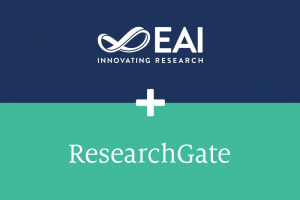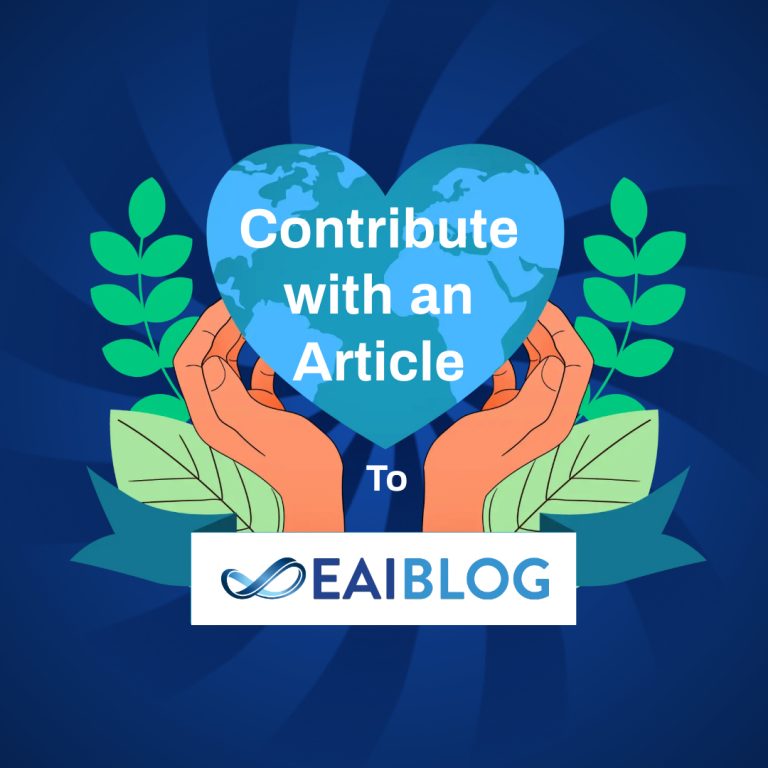Publishing your research is about more than sharing results — it is about placing your work where it can make the greatest impact. The right journal can boost your visibility, connect you with the right academic audience, and open doors for future collaboration and recognition.
Choosing a journal is a strategic decision. Beyond matching your topic, you should consider the journal’s reach, review process, discoverability, and alignment with your long-term research goals. These factors play a critical role in how your work is received and the extent of its academic and practical reach.
Clarify Your Research Goals
Start by defining what you want your publication to achieve. Are you aiming for career advancement, wider societal impact, or contributing to a specific academic community? Your goals will influence whether you should prioritize prestige, open access, speed, or interdisciplinary reach. The clearer you are about your objectives, the easier it becomes to narrow your options.
Match Scope but Think Beyond Keywords
Naturally, you will want a journal that publishes work related to your subject area. However, many researchers stop at keyword matching and overlook whether the journal supports the methodology, regional focus, or interdisciplinary nature of their research.
Example: A paper on smart farming might belong just as well in journals covering AI, environmental technology, or sustainable development. Review recent articles to see where your work fits organically.
Evaluate Indexing and Credibility
A journal’s reputation is often tied to where it is indexed. Look for inclusion in respected databases such as Scopus, Web of Science, DOAJ, EBSCO, or other index databases.
Also pay attention to the editorial board, the transparency of the peer review process, and how the journal handles issues like research ethics and author rights. These factors are as critical as the topic alignment itself.
Consider Visibility and Access
Publishing in an open access journal can significantly expand your audience, especially in regions where paywalls block institutional access. Beyond accessibility, check whether the journal allows you to retain rights, share your work freely, and reach the communities that matter most to your field. A well-positioned article in a discoverable, shareable format can have much greater long-term impact.
Read more:

Why Open Access Is the Smarter Choice for Researchers
Understand Publication Timelines
If your research is time-sensitive, consider how quickly the journal moves from submission to publication. Some have long cycles, while others offer rolling or continuous publication. Look for clear information about average review duration and editorial responsiveness. Delays in publication can affect funding, project deadlines, or follow-up research.
Look for Academic Community Engagement
A journal connected to a vibrant academic community offers more than a publishing slot — it offers a network. Journals backed by societies or innovation alliances often provide opportunities for engagement through conferences, reviewer discussions, and collaborative calls. Being part of such an ecosystem helps your research remain visible long after publication.
Read more:

Expanding Opportunities: EAI and ResearchGate Join Forces for Open Access Research
Why Consider EAI Journals and the EAI Community
Publishing with the European Alliance for Innovation (EAI) offers more than just open access visibility. As a non-profit organization dedicated to supporting global research and innovation, EAI provides a credible, community-driven platform where authors benefit from broad discoverability through indexing in Scopus, Compendex, DOAJ and other major databases, as well as a streamlined, fair peer-review process.
What sets EAI apart is its integration of journals with a larger academic ecosystem — including conferences and support for researchers in emerging regions. By publishing with EAI, you are not just sharing your research; you are joining a mission-focused network that values openness, collaboration, and global participation.
Start by choosing from our portfolio of EAI Endorsed Transactions journals here.




